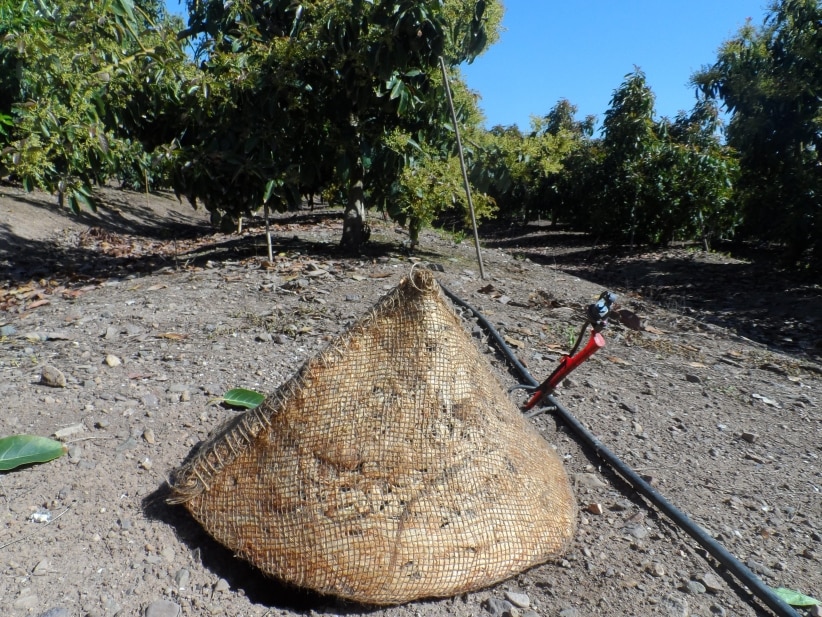
By Camila Gratacos, Francisca Carvajal and Camila Hernández / Special to the Santiago Times
In a bid to deal with the current degradation of over 25 per cent of the world’s soil, the “Centro Regional de Innovación Hortofrutícola de Valparaíso” proposed finding a nature-inspired solution to reestablish agricultural soil vitality and fertility.
At national scale, above 3 per cent of fruit trees in commercial orchards are dying of early aging, triggered mainly by soil exhaustion and biological functionality loss. In order to approach this problem, a trans-disciplinary team at Ceres generated a prototype as part of the project “Bionurse: Generating spaces for life,” which is able to incubate vegetal life and has been inspired by nurse plants growing in Los Andes Mountains. The team, consisting of agricultural engineers, industrial designers, a biologist and an architect, aims to restore degraded soils by integrating biodiversity, thus following patterns of root growth of different plant species.
For several years Ceres has been studying the capacity of certain plants to restore soils through roots morphology. While observing the natural sites where these diverse plants grow the team got inspired for generating the prototype. The shelter characteristics of nurse plants were observed mainly in Yareta (Azorella compacta), which allowed to abstract principles of resistance and protection under adverse conditions, since these plants function as facilitators in ecological processes, supplying shelter for the establishment and permanence of other species in the ecosystem. This way, Yareta provides optimal conditions for seedlings to grow in degraded soils, incorporating nutrients and microbiological activity to recover the connection with natural growth cycles.
“Biopatch”, the pilot product of the project, won first prize of the international contest “Biomimicry Global Design Challenge 2015-2016,” oriented to improve any system within the food chain, that is, from seed to table. This project won the prestigious “Ray of Hope Prize”, sponsored by the Ray C. Anderson Foundation and The Biomimicry Institute of Montana, USA. Biopatch is a 100 percent biodegradable product, manufactured from agricultural waste, putting this biomass to use instead of burning it, to reincorporate it into the soil’s cycle of life.
Currently, the prototype is at development and validation stage at regional scale, after a testing period and laboratory assays, the next step is to create an innovative business model, which benefits farmers and nurseries working locally to achieve an impact globally.
Biopatch will allow Bionurse to settle as pioneer of sustainable solutions for a healthier agriculture. The mission is to design and carry out new products in agreement with sustainability and biomimicry, helping to generate a needed paradigm shift of local farmers to create a new agricultural model, based on soil and the entire agro-alimentary system’s health.



